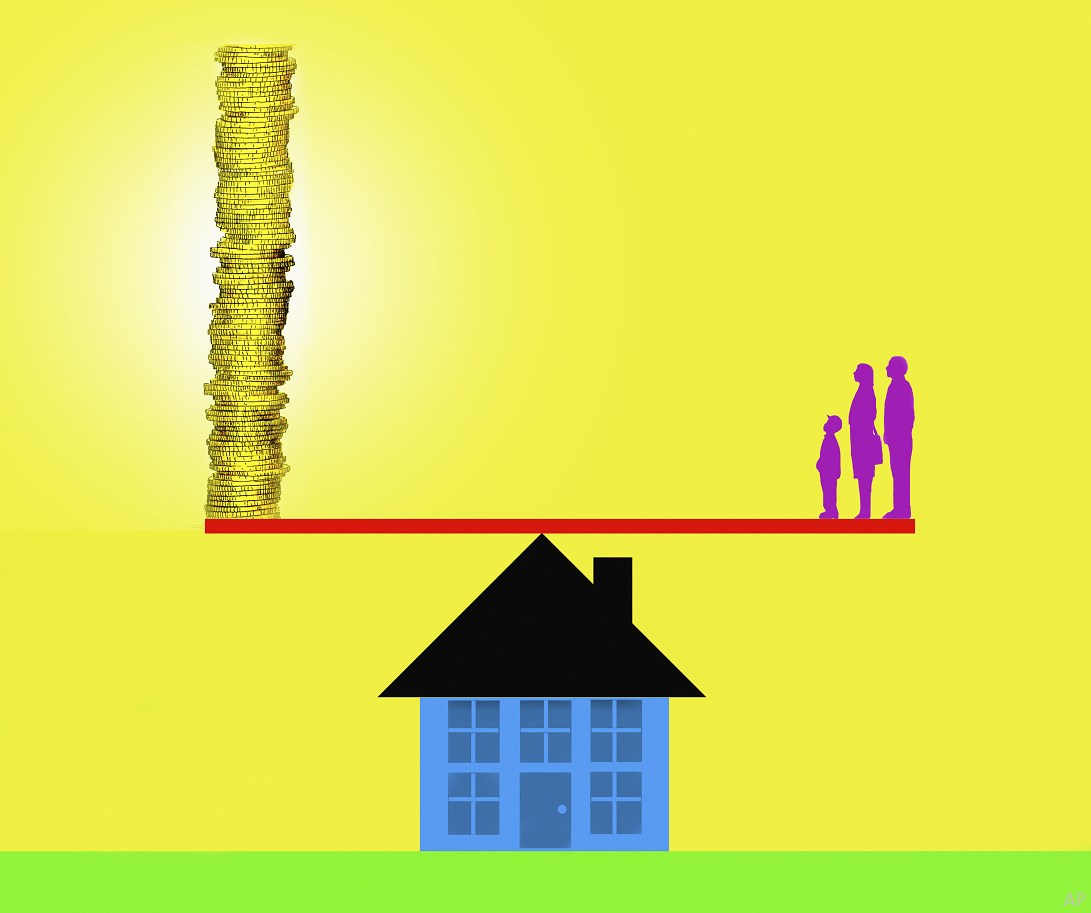
As some shares fall in price, investors need to be on the lookout for value traps. While a low price can be lure for investors, it doesn’t necessarily indicate good value and investors must know how to spot warning signs such as a disruption to the company’s business or industry.
Investors can use Morningstar’s star ratings for companies to determine whether a share is trading above or below its fair value. Morningstar analysts' estimates of fair value consider the characteristics of the underlying business, including future cash flows and the risk inherent in the stock.
A rating of 4 or 5 out of 5, for example, indicates the share’s current price is below its fair value and there is a margin of safety, while a 1- or 2- star rated stock, indicates that at the current price, the share is not good value.
“We view that star rating and the company's fair value as a principal measure of a company's margin of safety,” says Adam Fleck, Morningstar’s head of equity research for Australia.
“If a company has a rating of 3, it is roughly fairly valued so it isn't a great deal, but the investor should earn a reasonable rate of return. With a rating of 4 or 5, the market is pricing in an overly negative outlook and there is a margin of safety,” Fleck says.
Disruption and Balance Sheet Health: Knowing What to Look For
For investors keen to do their own research, Maroun Younes, co-portfolio manager, Fidelity Global Future Leaders Fund, says the first thing to do is to identify the cause of the current low price, and whether the reasons for it are temporary or permanent.
“If the underlying cause is structural or permanent, such as a new disruptive technology emerging, then it’s more likely to be a value trap,” says Younes.
However, with a share that represents good value, “what you’re looking for here is a temporary or transient cause such as a cyclical downturn for the relevant sector, a broader economic recession, or a few simple management missteps that can easily be rectified.”
Another factor to closely examine is the company’s balance sheet, says Younes. “A stressed balance sheet lowers survivability rates, as well as restricts options available to management. Good bargains should ideally have healthy balance sheets.”
Kristiaan Rehder, portfolio manager with Kardinia Capital, says value shares are likely to rebound over time once short-term market movements, sector rotations or an economic downturn reverse.
“The business will revert to the same, or better, returns than those it was generating in the past. A share that is merely cheap, however, will tend to generate lower returns into the future.
“We attempt to avoid value traps by analysing whether or not there have been any negative changes in the industry structure and the company's competitive positioning within that industry. In addition, we focus on asset quality. For example, a mining company with a short mine life or which is high on the cost curve can be a value trap.”
Rehder also warns against dividend traps, where shareholders buy shares simply because the yield is high. Identifying dividend traps requires the investor to understand a company’s health and whether its dividend payouts are sustainable.
“In order to determine dividend sustainability, a clear view on whether the dividend is supported by sustainable earnings and free cash cashflow is needed,” he says.
3 Causes of Dividend Traps
Neil Sutherland, partner at fund manager Dundas Global Investors, says there can be three causes for a dividend trap, where both the dividend goes down and the price goes down over time.
“Each of these less-than-desirable situations are known as dividend traps—an attractive yield that is too good to be true. There are three causes: one, very high pay-out ratios; two, high indebtedness; and three, the difference between profits and cash.
“High pay-out ratios mean companies are not investing sufficiently in their own business to drive real dividend growth. In some businesses there can be a big difference between stated profit and the cash flowing into the business, thus placing the dividend under threat,” says Sutherland.
“The likelihood is that underinvestment in research and development and/or capital expenditure will mean a company will be less competitive over time, resulting in flat or falling revenues, ultimately in a dividend cut. Dividend cuts are typically hugely erosive to share prices,” he says.
“Firms with high debt levels may also be driven to cut their dividends in tough times, either due to rising rates or merely they cannot stretch further, and the dividend is under too much pressure.”
There were 401 companies out of 1547 within the MSCI World index in 2020 that cut their dividend, compared to 157 in 2019. “A keen eye is required in 2021, to focus on company financials to hopefully witness the world’s dividend recovery,” says Sutherland.




















